DNA polymerase
Introduction
DNA polymerase is an enzyme that plays a vital role in DNA replication and repair. It is responsible for synthesizing DNA molecules by assembling nucleotides, the building blocks of DNA. These enzymes are essential for cell division, and they ensure that the DNA sequence is accurately copied with each replication cycle 1(https://www.ncbi.nlm.nih.gov/books/NBK26850/).
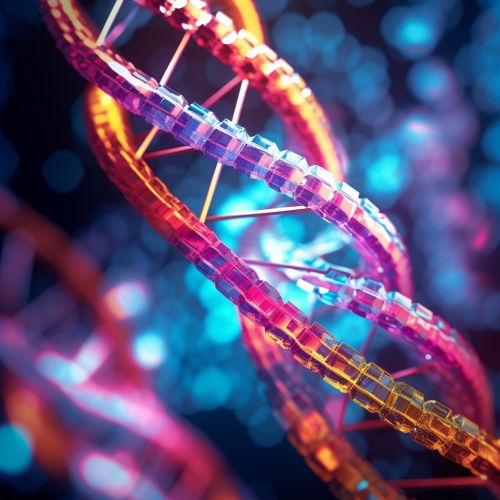
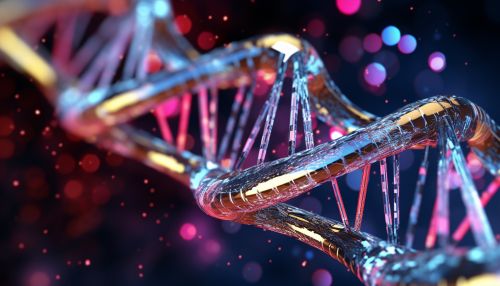
Structure
DNA polymerases are proteins that have a complex structure. They are composed of several subunits, each with a specific function. The core of the enzyme is shaped like a right hand, with domains referred to as the fingers, palm, and thumb. The fingers domain is involved in binding the incoming nucleotide, the palm domain catalyzes the polymerization reaction, and the thumb domain binds the DNA template 2(https://www.ncbi.nlm.nih.gov/books/NBK22380/).
Function
The primary function of DNA polymerase is to synthesize new strands of DNA during replication. The enzyme achieves this by adding nucleotides to the 3' end of a DNA strand, following the sequence of the template strand. DNA polymerase can only add nucleotides in the 5' to 3' direction. This directionality, along with the antiparallel nature of DNA, results in the formation of a leading strand and a lagging strand during DNA replication 3(https://www.ncbi.nlm.nih.gov/books/NBK26850/).
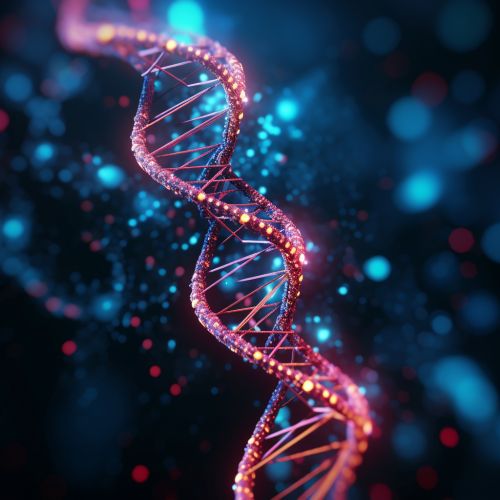
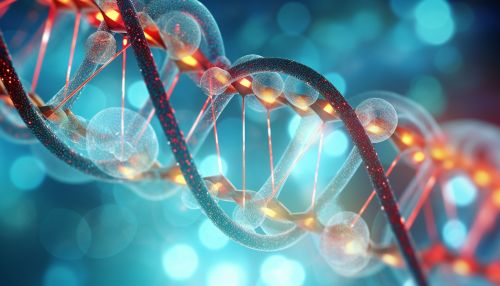
Types of DNA Polymerase
There are several types of DNA polymerase, each with a specific role in DNA replication and repair. In eukaryotes, the main DNA polymerases are DNA polymerase alpha, delta, and epsilon. DNA polymerase alpha initiates DNA replication by synthesizing a short RNA-DNA primer. DNA polymerase delta and epsilon elongate the new DNA strands, with epsilon primarily synthesizing the leading strand and delta the lagging strand 4(https://www.ncbi.nlm.nih.gov/books/NBK26850/).
In prokaryotes, the main DNA polymerase is DNA polymerase III, which is responsible for the bulk of DNA synthesis during replication. DNA polymerase I is involved in the removal of RNA primers and filling in the gaps with DNA 5(https://www.ncbi.nlm.nih.gov/books/NBK22380/).
DNA Replication Process
DNA replication begins with the unwinding of the DNA double helix by the enzyme helicase. This creates a replication fork where DNA polymerase can begin synthesis. DNA polymerase alpha synthesizes a short RNA-DNA primer at the origin of replication. This primer serves as a starting point for DNA polymerase delta and epsilon, which add nucleotides to the 3' end of the primer, following the sequence of the template strand 6(https://www.ncbi.nlm.nih.gov/books/NBK26850/).
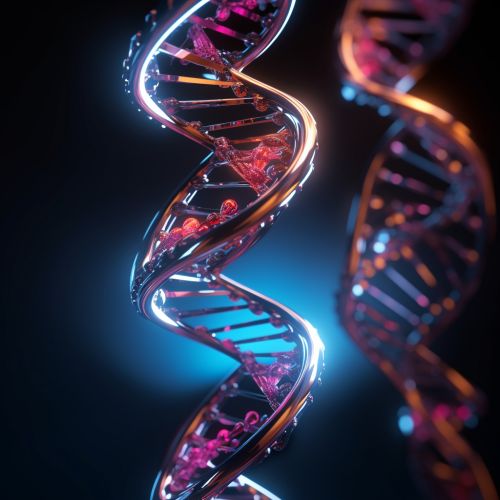
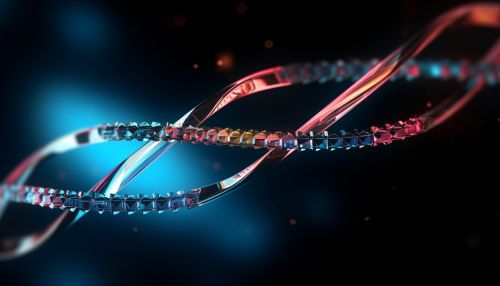
DNA Repair
In addition to their role in DNA replication, DNA polymerases also play a crucial role in DNA repair. They are involved in several DNA repair pathways, including base excision repair, nucleotide excision repair, and mismatch repair. These repair mechanisms help maintain the integrity of the genome by correcting errors that occur during DNA replication or due to damage from external sources 7(https://www.ncbi.nlm.nih.gov/books/NBK26850/).
Clinical Significance
DNA polymerases have a high degree of fidelity, meaning they make very few errors during DNA replication. However, when errors do occur, they can lead to mutations, which can result in diseases such as cancer. Therefore, understanding the function and regulation of DNA polymerases is crucial for developing treatments for diseases caused by DNA replication errors 8(https://www.ncbi.nlm.nih.gov/books/NBK26850/).
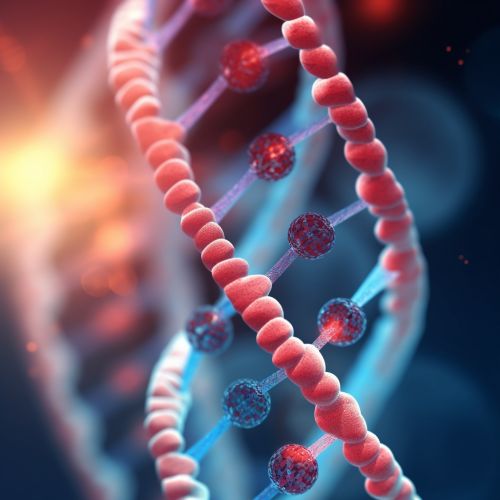
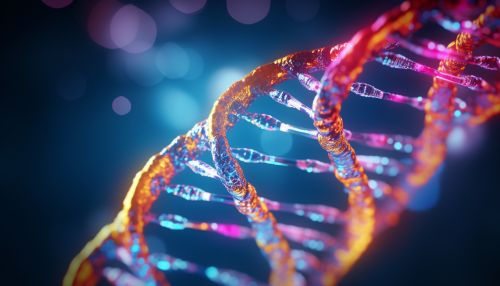
See Also
References
1. Alberts B, Johnson A, Lewis J, et al. Molecular Biology of the Cell. 4th edition. New York: Garland Science; 2002. Available from: https://www.ncbi.nlm.nih.gov/books/NBK26850/ 2. Alberts B, Johnson A, Lewis J, et al. Molecular Biology of the Cell. 4th edition. New York: Garland Science; 2002. Available from: https://www.ncbi.nlm.nih.gov/books/NBK22380/ 3. Alberts B, Johnson A, Lewis J, et al. Molecular Biology of the Cell. 4th edition. New York: Garland Science; 2002. Available from: https://www.ncbi.nlm.nih.gov/books/NBK26850/ 4. Alberts B, Johnson A, Lewis J, et al. Molecular Biology of the Cell. 4th edition. New York: Garland Science; 2002. Available from: https://www.ncbi.nlm.nih.gov/books/NBK26850/ 5. Alberts B, Johnson A, Lewis J, et al. Molecular Biology of the Cell. 4th edition. New York: Garland Science; 2002. Available from: https://www.ncbi.nlm.nih.gov/books/NBK22380/ 6. Alberts B, Johnson A, Lewis J, et al. Molecular Biology of the Cell. 4th edition. New York: Garland Science; 2002. Available from: https://www.ncbi.nlm.nih.gov/books/NBK26850/ 7. Alberts B, Johnson A, Lewis J, et al. Molecular Biology of the Cell. 4th edition. New York: Garland Science; 2002. Available from: https://www.ncbi.nlm.nih.gov/books/NBK26850/ 8. Alberts B, Johnson A, Lewis J, et al. Molecular Biology of the Cell. 4th edition. New York: Garland Science; 2002. Available from: https://www.ncbi.nlm.nih.gov/books/NBK26850/
